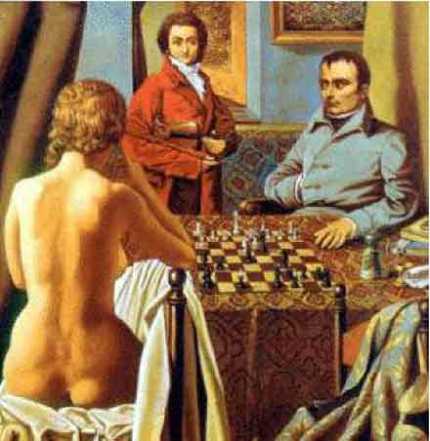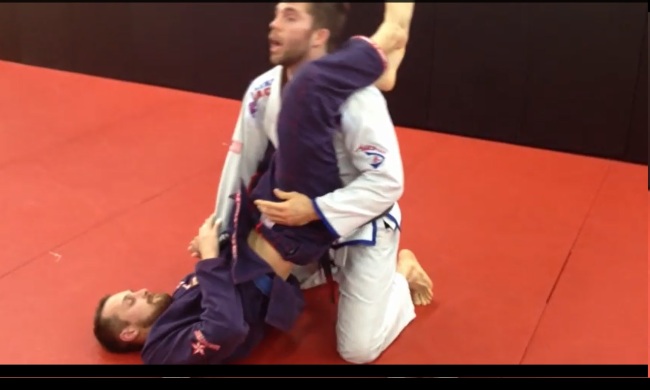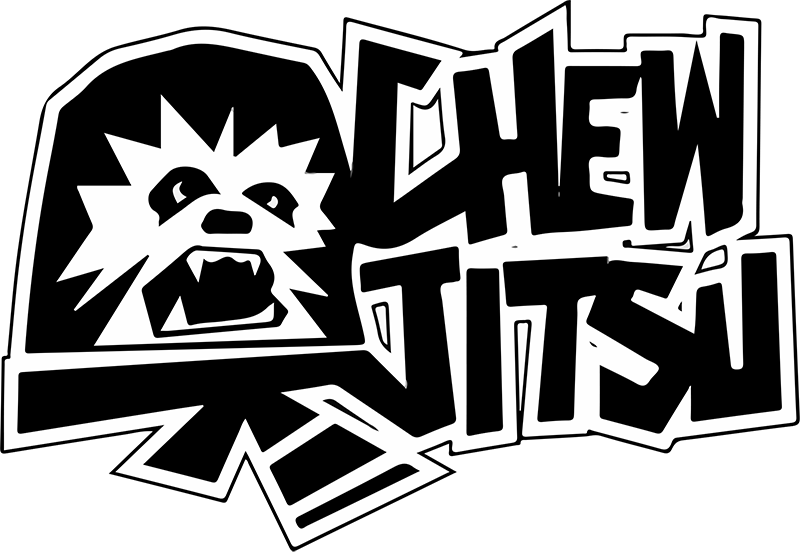
(my typical poop face after winning)
“My attitude is that if you push me towards something that you think is a weakness, then I will turn that perceived weakness into a strength.” – Michael Jordan
“You cannot run away from weakness; you must some time fight it out or perish; and if that be so, why not now, and where you stand?” – Robert Louis Stevenson
“Build up your weaknesses until they become your strong points.” – Knute Rockne
Drill your weak points and drill both sides- We all know how to drill to some degree. Drilling is a fundamental necessity to training, and it’s where we develop the movement and muscle memory required to execute a technique while rolling. Everyone that trains BJJ, drills in some manner from day one. But I ask you these questions?
1st, Do you focus much of your attention on your weaknesses, or do you allow yourself to stick with the techniques and positions you’re comfortable with?
Here is the 2nd question. Do you drill your techniques on both sides?
Often, the answer to both questions is no. I know I didn’t for a long time.

Before I share two personal experiences of my own, I am going to nerd out on you for a second so I apologize. I’m a huge history geek and I always draw mental parallels from what I see in history books to Brazilian Jiu-jitsu. I know that sounds weird so let me explain one idea in particular. When I watch two BJJ players engage in a match it’s like watching two armies engage in pitched battle. That’s the kind of encounter where the opposing armies’ line up on two sides of an agreed upon location and the conflict takes on the appearance of a sort of human chess game. Each army has a line made up of a variety of troops which are trained and directed to perform differing tasks. This is similar to a chessboard with its pieces, which have varying movement abilities that accomplish different objectives on the board. For instance, during Napoleon’s time, his artillery would be used to blast an opening in a weak point of the enemy’s line and then cavalry would be rushed through to exploit the opening with their speed before the opposing side could reassemble to close the gap. This could often lead to a rout where soldiers flee in fear, casualties begin to mount up and any resemblance of order on the line is lost. Effectively awarding the victory or in our chess meets history analogy, the checkmate.
Enough with the nerding out! Where am I going with this?
Failing to drill your weaknesses or neglecting your dummy side, is, in my eyes like assembling an army for battle with glaring weaknesses in the line, waiting to be exploited by the other side. You’re chess board is set and you’re missing pieces.
What if you’re like I was as a blue and young purple belt? I was a sucker for the triangle and I was not putting in the necessary hard work to fix the issue.
OR
What if you’re a brown belt like the one in the story below and have a phenomenal side accompanied with a terrible one, and your opponent engages you on your weak side?
Learn from the mistakes below and be sure to drill and focus on the parts of your game that are weak even if it’s not fun. Also, be sure not to neglect the side that doesn’t come naturally. . . you know. . . the dummy side.
Ignore the problem and it goes away, right?
Obviously I knew better, but for a while I was a real bonehead in relation to my BJJ. If you read the blog regularly you’ve probably read about my problematic relationship with triangle chokes during the days of my blue belt and early purple belt. I’ve always been a very “head-forward” style of passer, even during my time as a white belt. As the skills of my opponents progressed, my knack for getting caught in a triangle choke presented itself as a glaring problem in my game. In tournaments and in the gym I could pass most guards, but if you put a lanky, bendy, flexible bottom player in front of me I was probably going to get triangle choked. The real problem wasn’t so much that I was getting caught, but my lack of confronting the problem and doing the necessary drilling to eradicate the flaw. Instead, I was a bonehead as stated earlier, and like a stubborn bonehead, I ignored the issue and went on my way. Sometimes I would compete and not encounter a person with a solid triangle and I would win. Then there were other times where I would draw a tall lanky bottom player and. . . well you know. The triangle was my kryptonite.
Eventually my coach at the time, Colin, noticed the problem and he helped. . . forced me, to correct the issue. There was seriously a month where I was only allowed to drill triangle escape techniques during class. While everyone else was learning some cool new guard sweeps, my head was stuck between my buddy’s legs. Bummer. Even worse, once the rolling portion of class came around Colin made me start inside a locked triangle choke. If I escaped or if I was finished I would have to start back in the triangle. When we first started doing this I had to take frequent breaks because I would get frustrated or I running low on oxygen from being choked repeatedly. By the end of the month my understanding of how the triangle worked and my ability to stay calm and get out of a triangle choke sky rocketed. Subsequently, I have not been triangle choked in a competition since. I’ve been caught a few times thanks to my continuous head forward style. But it’s become more of a calculated risk rather than certain end on the mat, as I’m able to stay calm and take the necessary steps to escape.
Why didn’t I do this earlier? Well, I didn’t really know the escapes I needed at the time, but more importantly is because it wasn’t fun. That month was so helpful and changed my game and my outlook but it was incredibly uncomfortable. I had to choke down lots of pride and accept being choked out by just about everyone on the mat. I had to get out of my comfort zone. Big thanks to my coaches at the time. Colin for forcing me to get out of my comfort zone and start in the triangle and to Kyle for administering the triangle chokes.
“Oh that’s my dumb side”
Often I will watch techniques being drilled over and over again on one side then once the person moves to the other side they stumble a bit and remark, “oh that’s my dumb side”, and we aren’t talking about white belts either. I’m talking about seemingly advanced guys. . . purple, brown and even black belts in some cases. It is true that we will all inevitably have a side that is a little more developed than the other but we shouldn’t allow ourselves to have a side that is worthy of the title “dumb side.”
Brown belt to the right, white belt to the left.
A story that really illustrates the idea I am talking about comes from a few years ago. I was a brown belt at the time and another brown belt stopped in to train while he was visiting family in town. When we rolled I initially attacked with a pass to my left (his right). I remember having such a difficult time passing to that side, so I figured I’d switch it up. I transitioned and switch my attack from his right , to his left, and I passed with ease. We were doing a pass and defend drill so after the successful pass we restarted back to guard. I figured by the smoothness of the pass to the right side that I had worn him down a bit. So after we restarted I opened up my game with an attack to the left and again he stopped my pass attempts dead in their tracks, and just like last time, as soon as I switched my focus to the other side the pass came almost effortlessly.
After he and I were finished, I paired him up with one of my blue belts. I was curious to see if my passing was that good or if the guy really had a blatantly deficient side. Unfortunately for my own ego it was the latter. I watched as each one of my comparably skilled students would get halted by the guard work on his right side and then would switch and pass through the right side with less trouble.
The guy had no injuries at the time, as I asked him after class. He simply had an overly underdeveloped side of his game. So much so that one side felt like I was rolling with a brown belt and the other felt like a white belt. Granted this is not common, and most peoples b-side aren’t quite this deficient, the story gives you an idea of what can happen if we choose to completely ignore a direction in our game.
The take away ( simple but require discipline)
-Drill your techniques on both sides.
– In addition to drilling, do lots of situational rolling from the parts of your game that are the weakest. For example, escape or submit drills. Start in a bad position like bottom of mount and go until either you escape to another position or until they submit you. Restart after a successful escape or submission.
-When you do full rolls, especially against people you’re much better than, force yourself to use the weaker areas of your game. It will give them a chance to play a bit more and you a chance to help develop your weaker areas.
Below is a video I made showing 3 of the techniques and escapes I use personally to deal with triangle chokes. Again, I apologize as I am terrible in front of a camera but I hope the techniques are of some help to you. Click the picture below to watch.




